Real estate is a special and very sensitive industry, directly and immediately affected by changes in land laws and policies.
According to lawyer Nguyen Thanh Ha of the Hanoi Bar Association, the revised Land Law has many provisions adjusted to protect the maximum interests of the people.
Here are some notable new points between the revised Land Law and the 2013 Land Law that he reviewed.
Innovation in regulations on planning and land use planning
The revised Land Law has completed regulations on land use planning and plans in the direction of innovating the process, content, and methods of making land use planning and plans.
This includes increasing publicity, transparency, and public participation in land use planning through organizing consultations; supplementing and perfecting regulations on the implementation of land users' rights in planning areas.
If the land use plan has been announced but there is no annual land use plan at the district level, land users may continue to use the land and exercise their rights as land users. Localities are decentralized in determining planning targets so that localities can proactively develop their socio-economy.
Innovations in regulations on planning and land use plans will be the foundation for using land resources as input for the process of socio-economic development. The effectiveness and efficiency of land management and use will be improved, creating the driving force to turn our country into a developed country with high income as the policy of the Party and State.
Specific regulations on land recovery for socio-economic development
Regarding land recovery, compensation and resettlement support, the revised Land Law has specifically stipulated cases where the State recovers land for socio-economic development in the national and public interest.
These cases must be projects (1) constructing public works; (2) constructing state agency headquarters and public works; (3) other cases, including many groups of criteria such as: housing, production areas, land fund development, minerals, underground works and cases where the State reclaims land for auction and bidding to increase budget revenue.
In addition, the law also specifically stipulates the order and procedures for land recovery for socio-economic development for the national and public interest with many new points, ensuring democracy, objectivity, fairness, publicity, transparency, timeliness and compliance with the provisions of law.
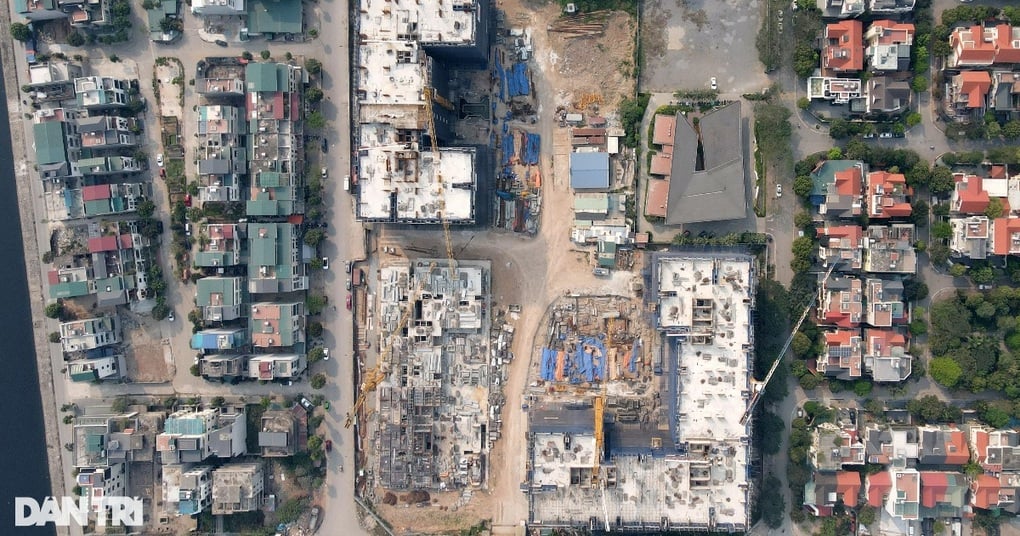
Apartment building in Linh Dam area (Photo: Tran Khang).
This is also for the common benefit of the community and for the sustainable, civilized and modern development of the community and locality; paying attention to social policy subjects and subjects directly involved in agricultural production.
Along with that are the steps to implement compensation, support, resettlement, and land recovery ensuring the principle of people's participation at all stages, ensuring the principle that people whose land is recovered are compensated and resettled before land recovery.
Land acquisition for commercial housing project development
Land recovery for the development of commercial housing projects is one of the land recovery cases stipulated in Clause 27, Article 79 of the amended Land Law on land recovery for socio-economic development for national and public interests.
The Law stipulates that the State may reclaim land to implement commercial housing projects, mixed housing and commercial and service projects, but only in the case of "urban area construction investment projects".
The Law also clarifies the nature of urban area projects subject to consideration for revocation as "investment projects to build urban areas with mixed-use functions, synchronizing technical infrastructure systems, social infrastructure with housing according to the provisions of the law on construction".
When carrying out land recovery in the cases specified in Article 79, the grounds and conditions specified in Article 80 on "Bases and conditions for land recovery for national defense and security purposes; socio-economic development for national and public interests" must be met.
The above design regulations inherit the provisions of the 2013 Land Law to ensure strict regulations on conditions and criteria for land recovery to implement commercial housing projects.
This regulation ensures stricter land recovery for commercial housing project development in the revised Land Law, which is an important step forward to ensure people's rights and avoid land recovery abuse.
Cases of land allocation without bidding
Regarding land allocation, land lease, and permission to change land use purposes, the revised Land Law has specifically regulated cases of land allocation without auction or bidding and cases that must go through auction of land use rights, bidding to select investors to implement projects using land, and specifically regulated cases of land lease with one-time payment for the entire lease term in accordance with the spirit of Resolution No. 18 of the Central Committee.
The Law has specifically stipulated the conditions and authority for permitting the change of land use purpose, in which the entire authority to approve the change of land use purpose for rice cultivation, protective forest land, special-use forest land, and production forest land that is natural forest is delegated to the People's Council at the provincial level.
In which, it is clearly stipulated that households and individuals who are using land and have the need to change the purpose of using agricultural land in residential areas, agricultural land in the same plot of land with residential land to residential land or change the purpose of using non-agricultural land that is not residential land to residential land, then based on the district-level land use planning approved by the competent authority to allow the change of land use purpose without basing on the annual district-level land use plan.
Propose regulations to reduce intermediaries in land allocation and leasing.
The revised Land Law promotes decentralization and delegation of power in implementing the right to represent the entire people's ownership of land, unifying management in the direction of enhancing local responsibility and strict inspection, supervision and control by the Central Government; reducing focal points and intermediaries, associated with administrative reform, reducing hassle and negativity.
Intermediary agencies in land allocation and leasing in economic zones, high-tech zones, and airports are reduced. Administrative procedures are focused on reform, simplification, and transparency to facilitate people in the process of carrying out procedures.

Abandoned villas in an urban area (Photo: Tran Khang).
Land price list updated annually
The revised Land Law stipulates the issuance of annual land price lists to ensure close adherence to actual market developments and expand the scope of application of land price lists.
The amended law also stipulates that the Provincial People's Committee is responsible for submitting to the People's Council for decision to adjust, amend and supplement the land price list for promulgation and application from January 1 of the following year or to adjust, amend and supplement within the year and assign the Government to stipulate details to ensure that the land price list will be updated in accordance with reality.
Specific regulations on granting Land Use Right Certificates to cases of land use without documents
In case a household or individual is using land without documents on land use rights without violating land laws, and is not in a case where land is allocated without proper authority.
Accordingly, households and individuals using land before December 18, 1980, and confirmed by the commune that there is no dispute, will be granted a Certificate of land use rights and ownership of assets attached to the land as follows:
For land plots with houses, houses and works serving life, if the land plot area is equal to or larger than the residential land recognition limit as prescribed in Clause 5, Article 141 of this Law, the residential land area recognized is equal to the residential land recognition limit and no land use fee is required.
For land plots with houses, houses and works serving life, if the land plot area is smaller than the residential land recognition limit prescribed in Clause 5, Article 141 of this Law, the residential land area is determined to be the entire area of that land plot and no land use fee is required.
For land plots used for non-agricultural production, business, trade and service purposes, non-agricultural production and business land is recognized according to the actual area used; the form of land use is recognized as the form of land allocation with land use fee collection, and the land use term is stable and long-term.
Source


![[Photo] Third meeting of the Organizing Subcommittee serving the 14th National Party Congress](https://vstatic.vietnam.vn/vietnam/resource/IMAGE/2025/4/2/3f342a185e714df58aad8c0fc08e4af2)
![[Photo] General Secretary To Lam receives Russian Ambassador to Vietnam](https://vstatic.vietnam.vn/vietnam/resource/IMAGE/2025/4/2/b486192404d54058b15165174ea36c4e)




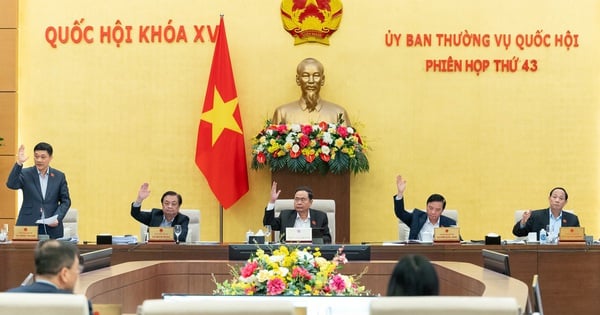

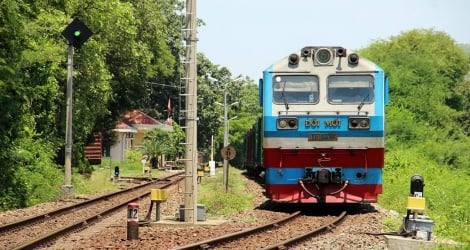

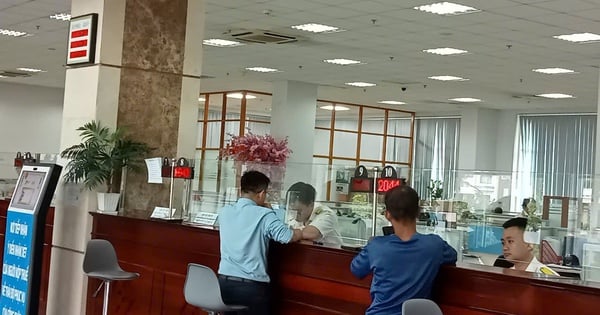


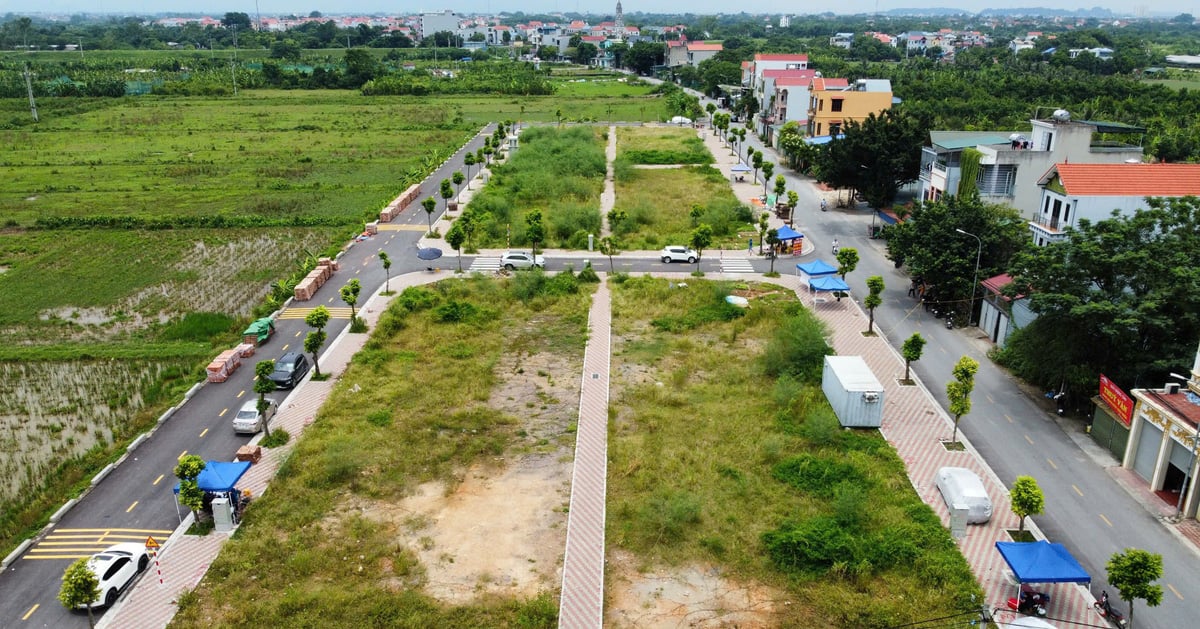

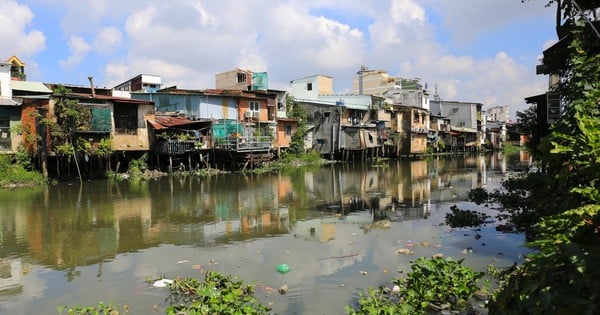

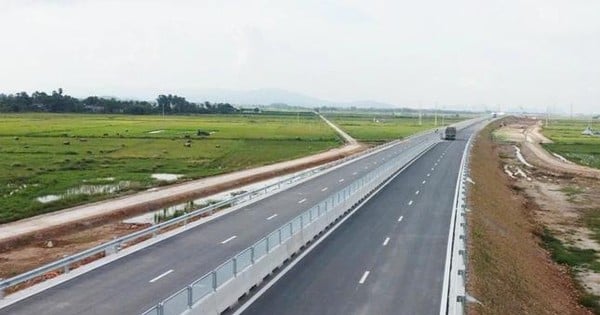







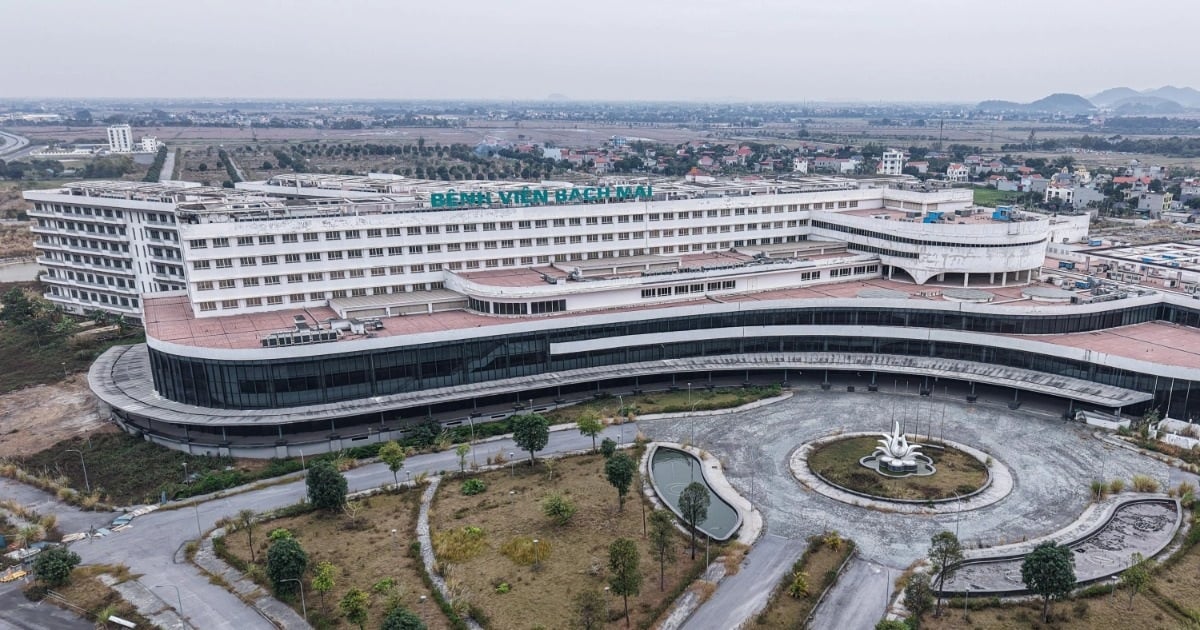



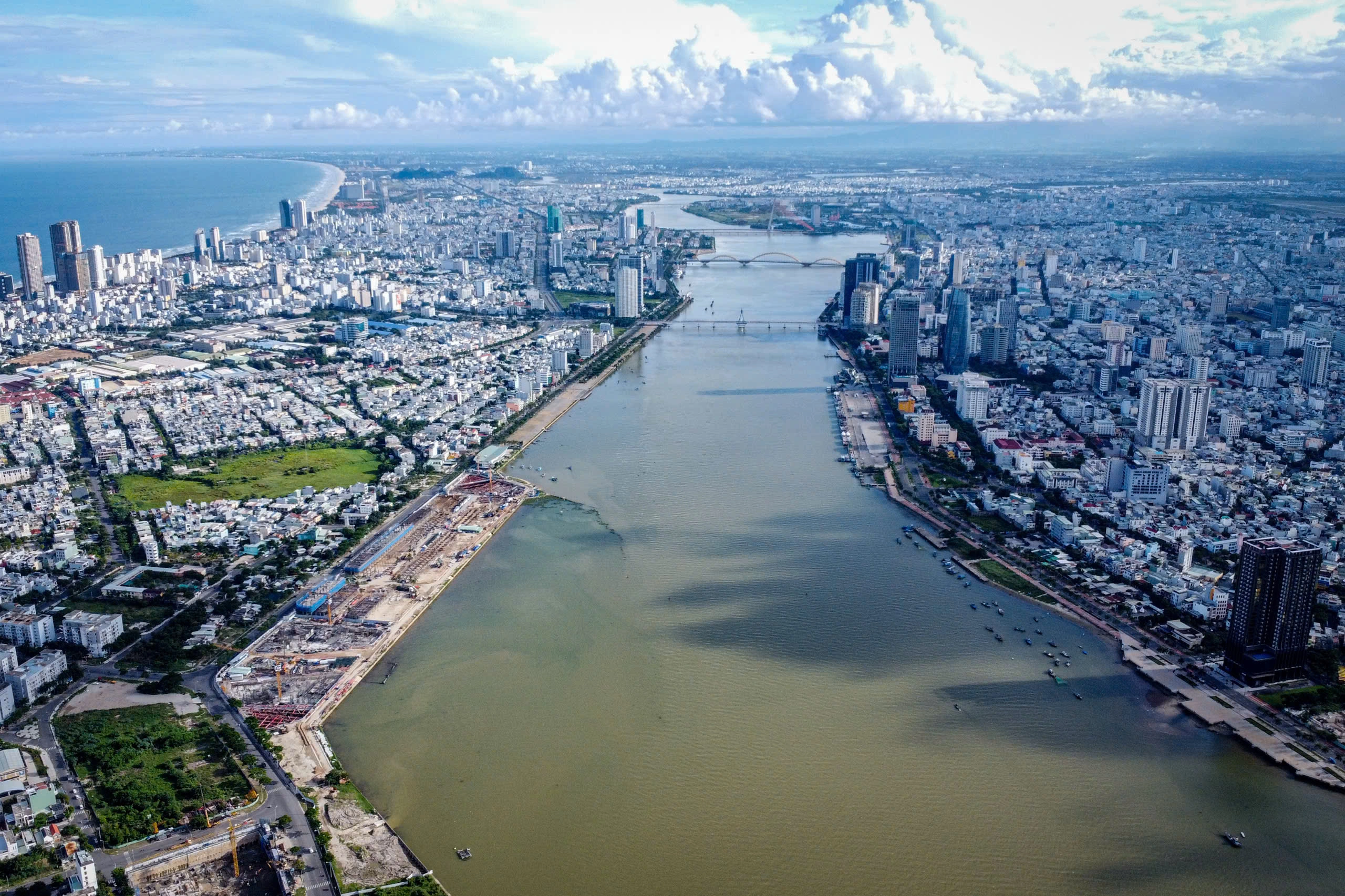

![[Photo] Relatives of victims of the earthquake in Myanmar were moved and grateful to the rescue team of the Vietnamese Ministry of National Defense.](https://vstatic.vietnam.vn/vietnam/resource/IMAGE/2025/4/2/aa6a37e9b59543dfb0ddc7f44162a7a7)








































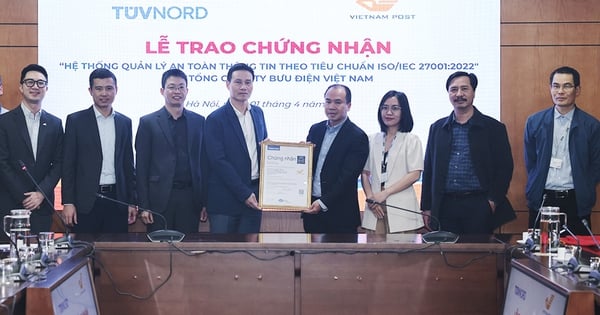






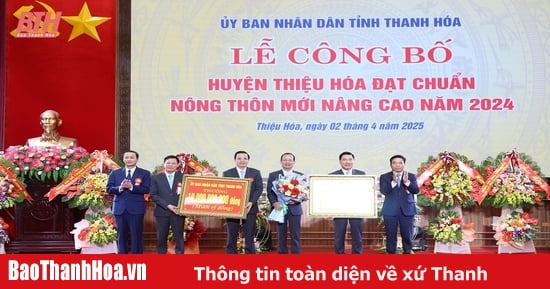

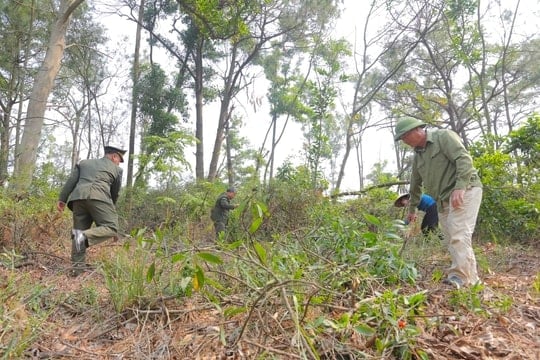

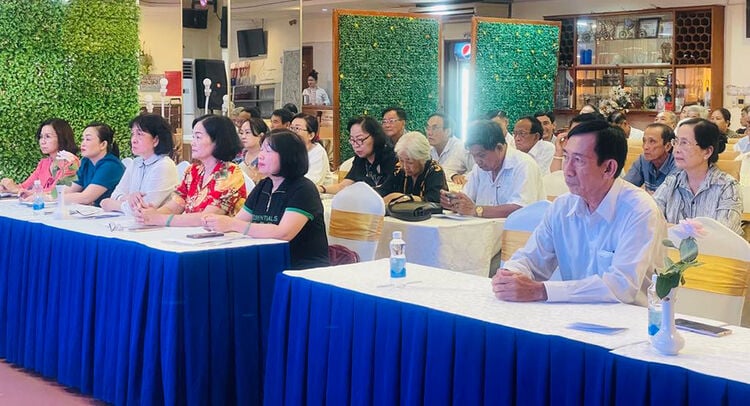

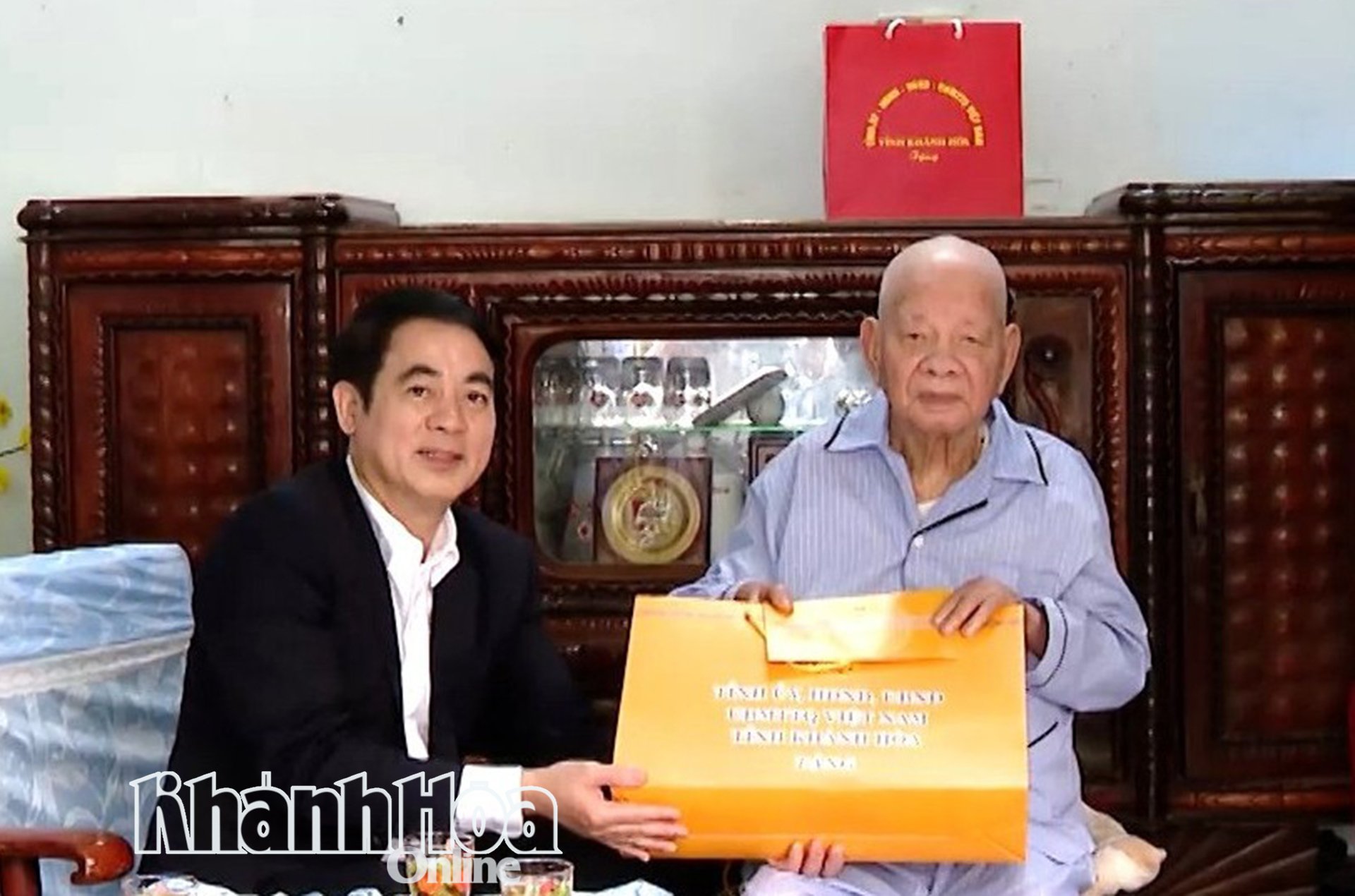

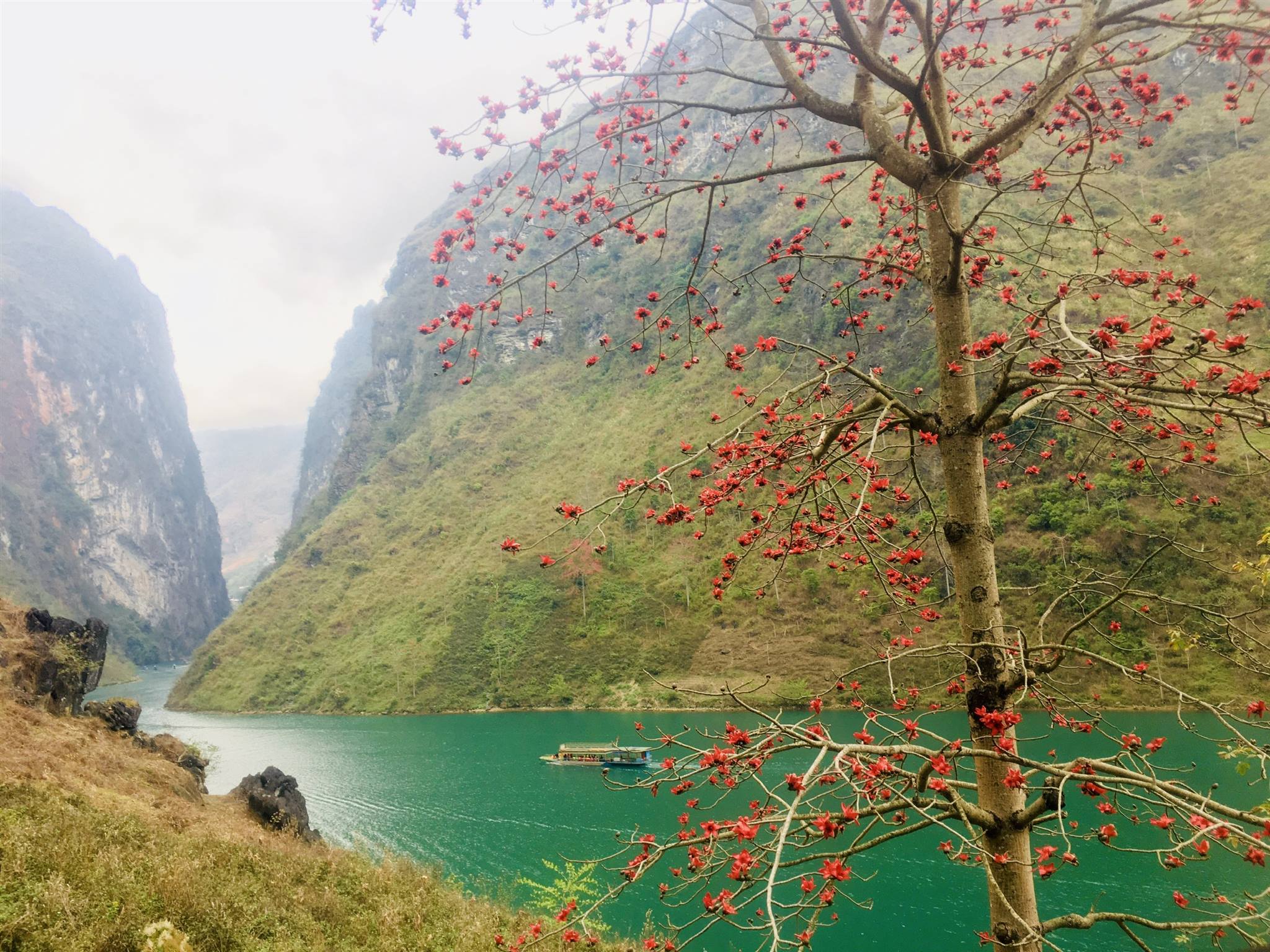












Comment (0)